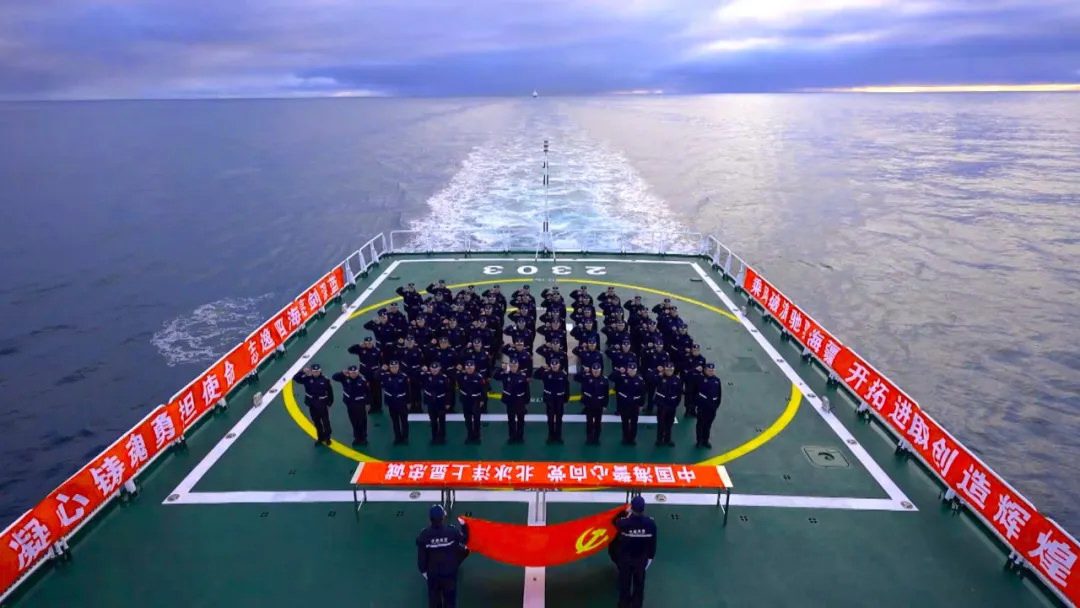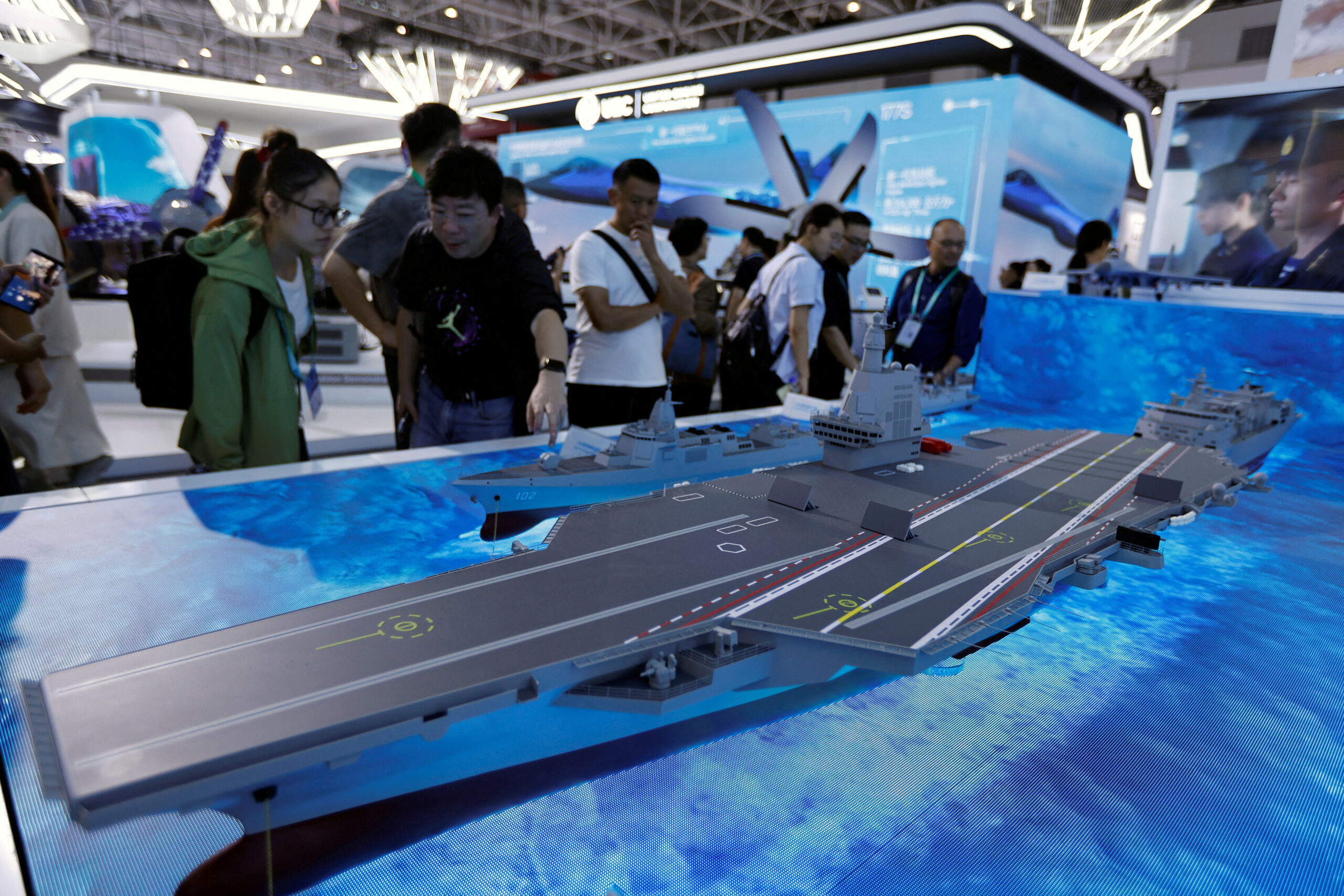By Malte Humpert (gCaptain) – China’s Arctic activities feature prominently in a new DoD report to Congress about the country’s military and security developments.
In the decade since gaining observer status on the Arctic Council in 2013 China has massively expanded its Arctic footprint and has begun to work closely with Russia in its attempt to be seen as an Arctic power.
“The PRC’s expanding Arctic engagement has created new opportunities for engagement between the PRC and Russia and has resulted in unprecedented styles of collaboration,” the DoD concludes.
China continues to expand its ice-capable vessels and support ships and has made rapid progress in designing and constructing icebreakers. Its original icebreaker, Ukrainian-built Xue Long 1, has been supplemented with a host of new polar vessels. In 2019 Xue Long 2 became the first domestically built polar icebreaker.
In the five years since, the country has launched or placed into service two additional icebreaking ships and converted a commercial one. Ji Di, a 5,600 tonne Polar Class 6 research vessel, operated by the Ministry of Natural Resources entered into service in August 2024. A second much larger Polar Class 4 research icebreaker, Tan Suo San Hao, followed in December 2024.
The similarly-named Zhong Shan Da Xue Ji Di, a former commercial icebreaker, was also converted for government use.
The summer of 2024 saw three Chinese icebreaking vessels operate in the Arctic simultaneously for the first time, while U.S. presence was hampered by the lack of available Coast Guard icebreakers.
“The DoD report once more reads as a defensive strategy when Washington actually needs an offensive one. Simply pointing at Chinese vessel growth and investment is becoming a tired strategy for the U.S. High time to start cutting steel and prioritising its own Arctic presence – after all, presence is power,” says Elizabeth Buchanan, a polar geopolitics expert at Australian Strategic Policy Institute.
The DoD report lists a number of joint Russian-Chinese military activity in the Arctic, including a September 2022 combined naval patrol in the Bering Sea, and in 2024 several month-long combined operations including bomber, naval, and coast guard patrols in the Alaskan ADIZ.
Especially noteworthy is the two countries’ first joint patrol above the Arctic Circle in October 2024. A four vessel flotilla crisscrossed the Bering Sea and into the Chukchi Sea passing just miles from the Alaskan mainland.
“China’s growing influence on Russia and its increasing military presence in the Arctic presents a clear and imminent threat,” affirmed Iris A. Ferguson, the deputy assistant secretary of defense for Arctic and Global Resilience earlier in December 2024.
The DoD also highlights the country’s growing commercial interests in the region. Chinese shipping operators have conducted more than 100 Arctic transits since 2013, including with increasingly large container ships. This past summer two Chinese Panamax container ships transited the Arctic in record time connecting St. Petersburg and Shanghai in just 21 days.
“The PRC is interested in increasing the use of the Northern Sea Route (NSR) to cut shipping times between Europe and the PRC by approximately a third. The use of the NSR enables the PRC to diversify shipping routes away from the strategic Strait of Malacca,” the DoD report to Congress concludes.
“Chinese leaders see the region as a new crossroads of the world, a new source of raw materials and new avenues for manifesting its growing power,” Ferguson also confirmed.
China’s polar activity also extends to Antarctica where the country is engaged in building its fifth research station.

 Join The Club
Join The Club











